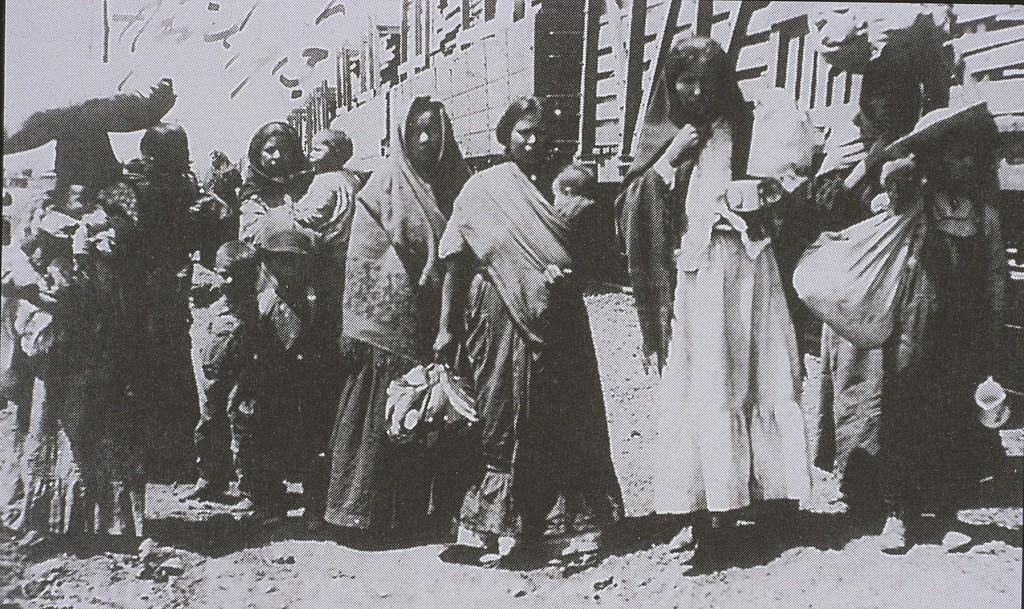Immigration Law
The Immigration Act of 1917: This law, while not primarily directed at Mexican individuals, attempted to restrict in influx of immigrants into the United States. The primary factor behind the act was the introduction of literacy tests and certain excluded zones. This was the first example of an oppressive immigration law.
The Racialization of Latino Immigrants in New Destinations: Criminality, Abscription, and Countermobalization: This research article serves to bring awareness to the mistreatement that Mexican/Latino immigrants endure in the United States. Through a number of personal anecdotes and statistical analysis, the oppressive conditions of life for Latino immigrants, in the United States, is brought to light. This is just another example of how the American Dream represents a flawed sense of welcoming and hope for many immigrants.
Immigration and Naturalization Service V. Errico: This legal document is important because it highlights the ways in which laws can be created to help protect immigrants. It focuses on a law that protects immigrants who got their status through misrepresentation from deportation if they are married or have a spouse. This means that the government recognizes the difficult process of becoming a citizen, and will be more understanding to you if you are a part of a family. This shows the importance of not breaking up families by deportation.
Bill to the Subcomittee on Immigration and Naturalization -- Report 3244: This bill focuses on making adjustments to situations regarding trafficked persons. Essentially, many individuals are taken advantage of, and brought into the United States under false-pretenses. This legal document breaks down the changes that were made in order to help protect the lives of innocent people.
